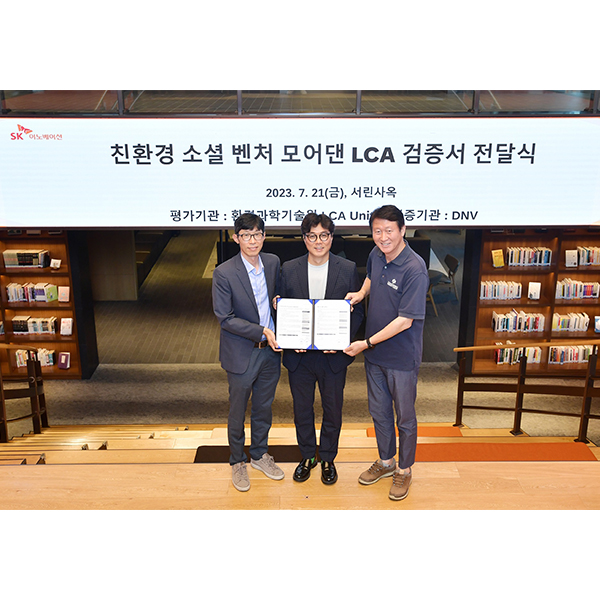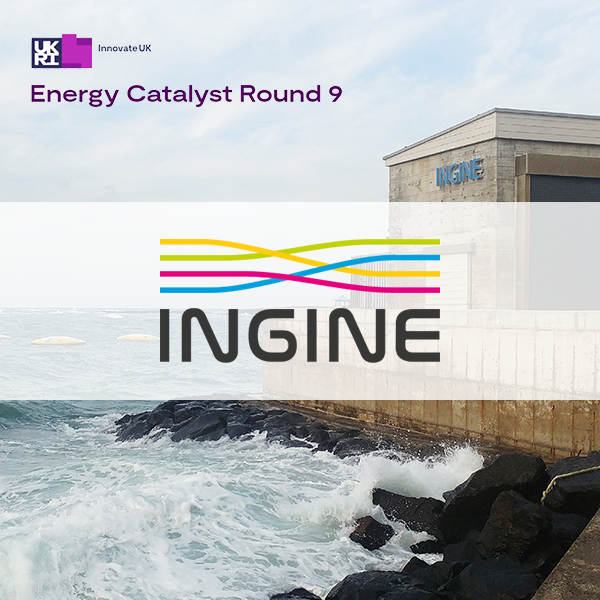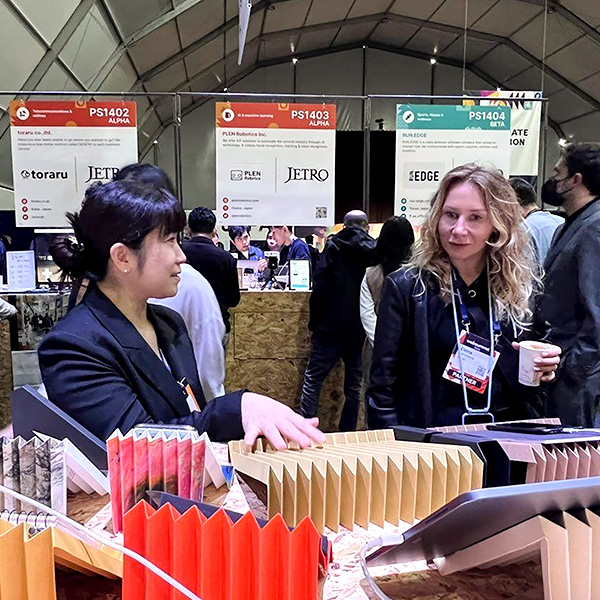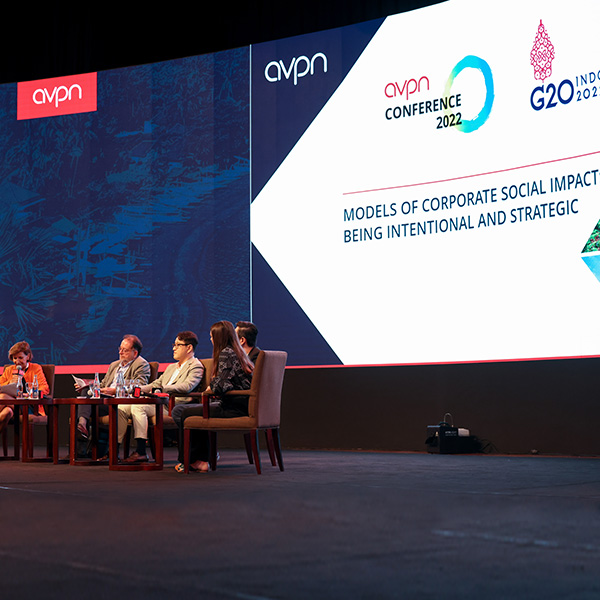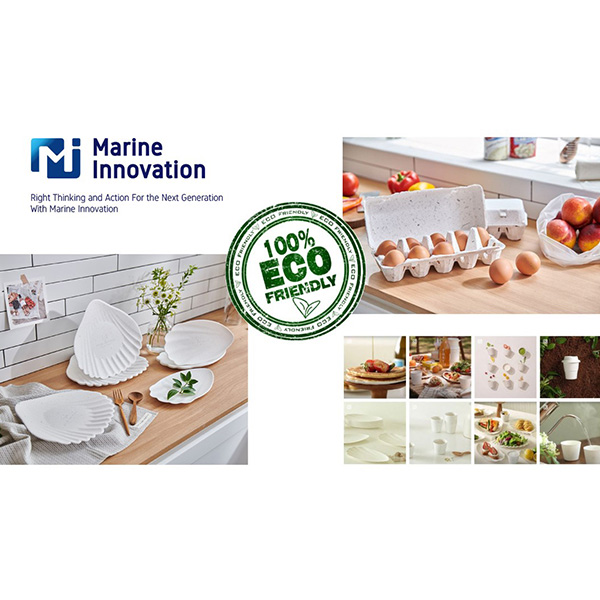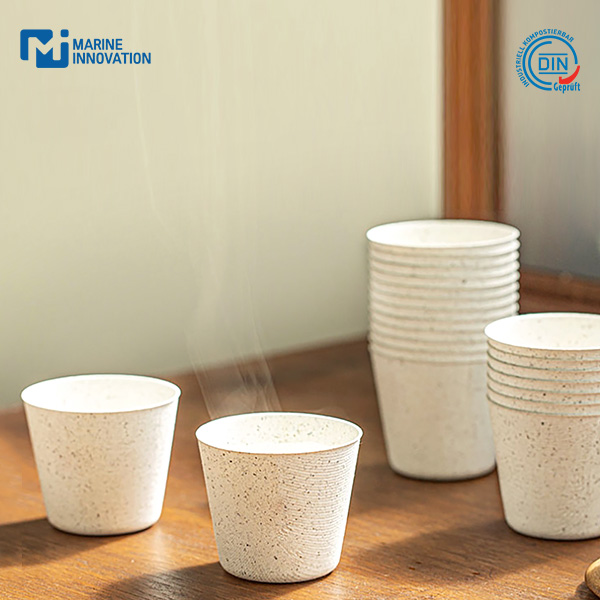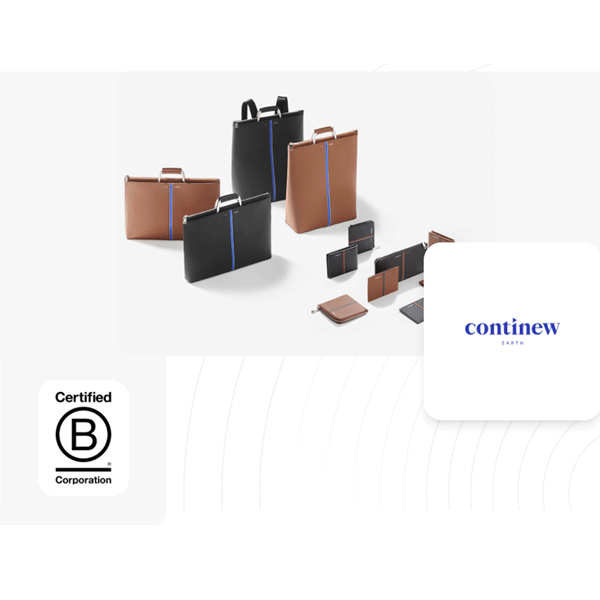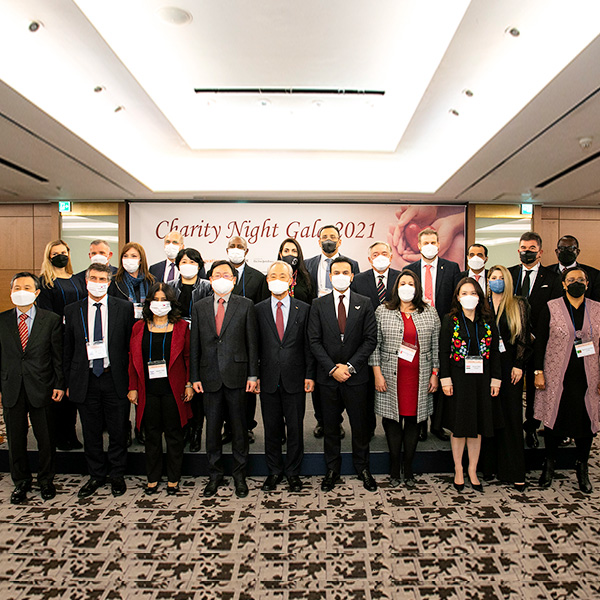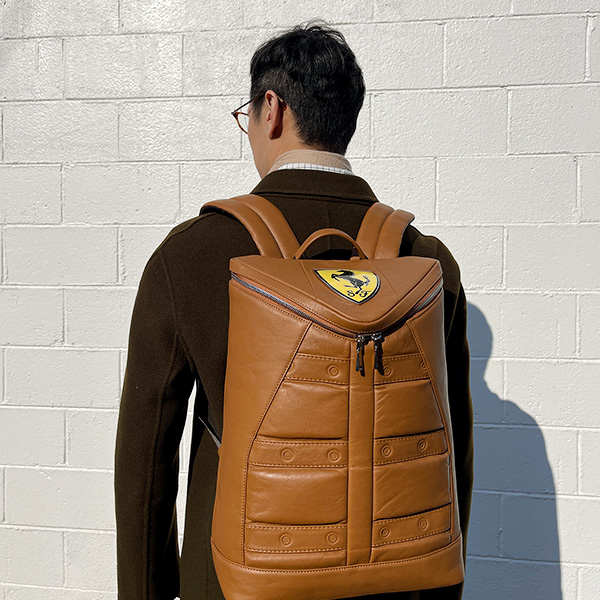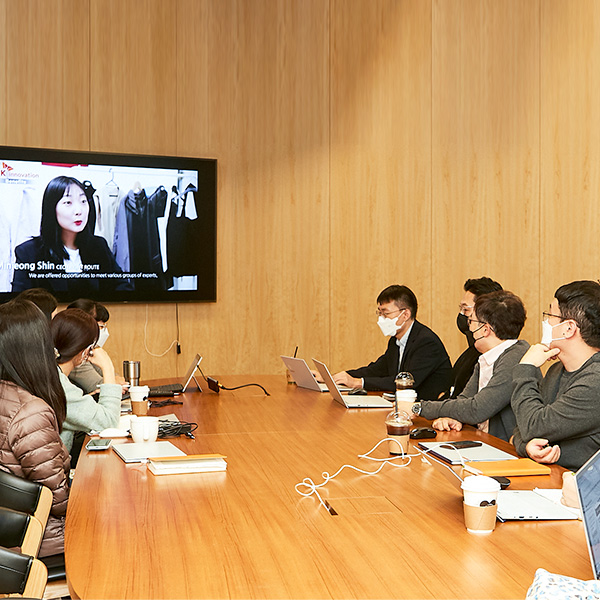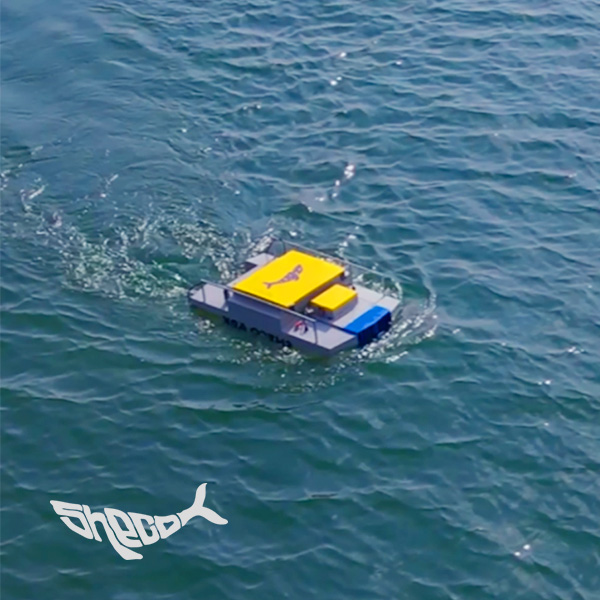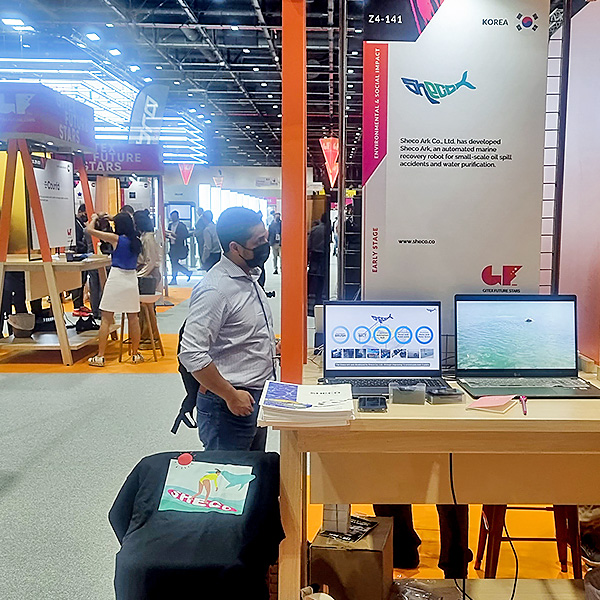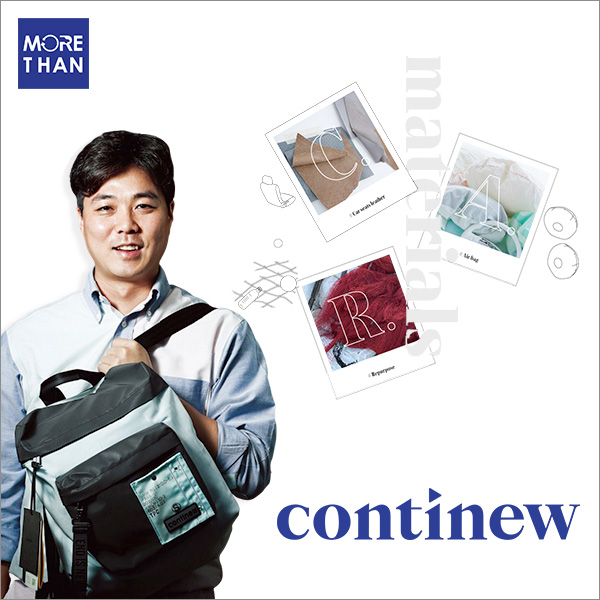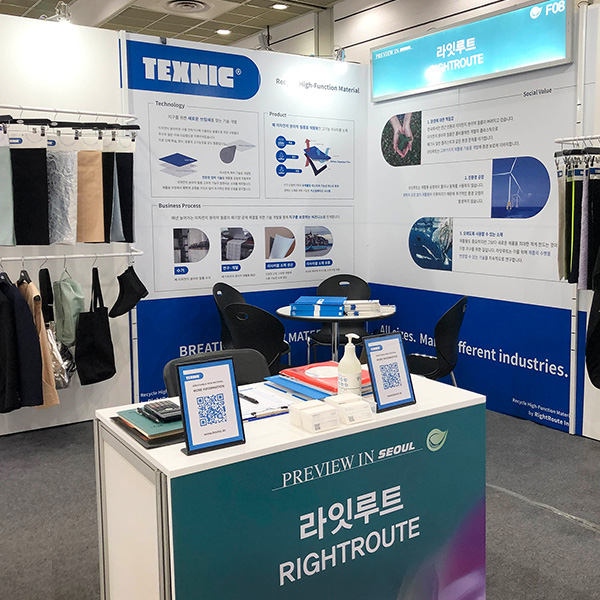 Social Enterprise
Social Enterprise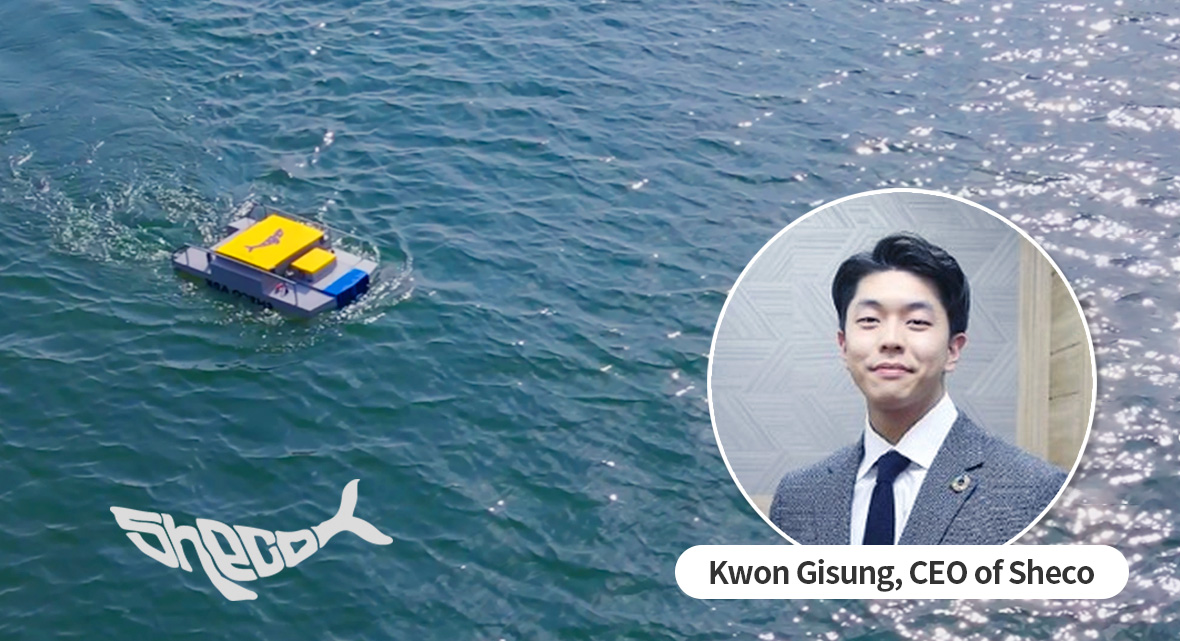
An interview with Kwon Gisung, CEO of Sheco,
one of the 20 enterprises of EGG program organized by SK Innovation, the Ministry of SMEs and Startups, and the Korea Institute of Startup & Entrepreneurship Development.
Sheco’s homepage: https://en.sheco.co/
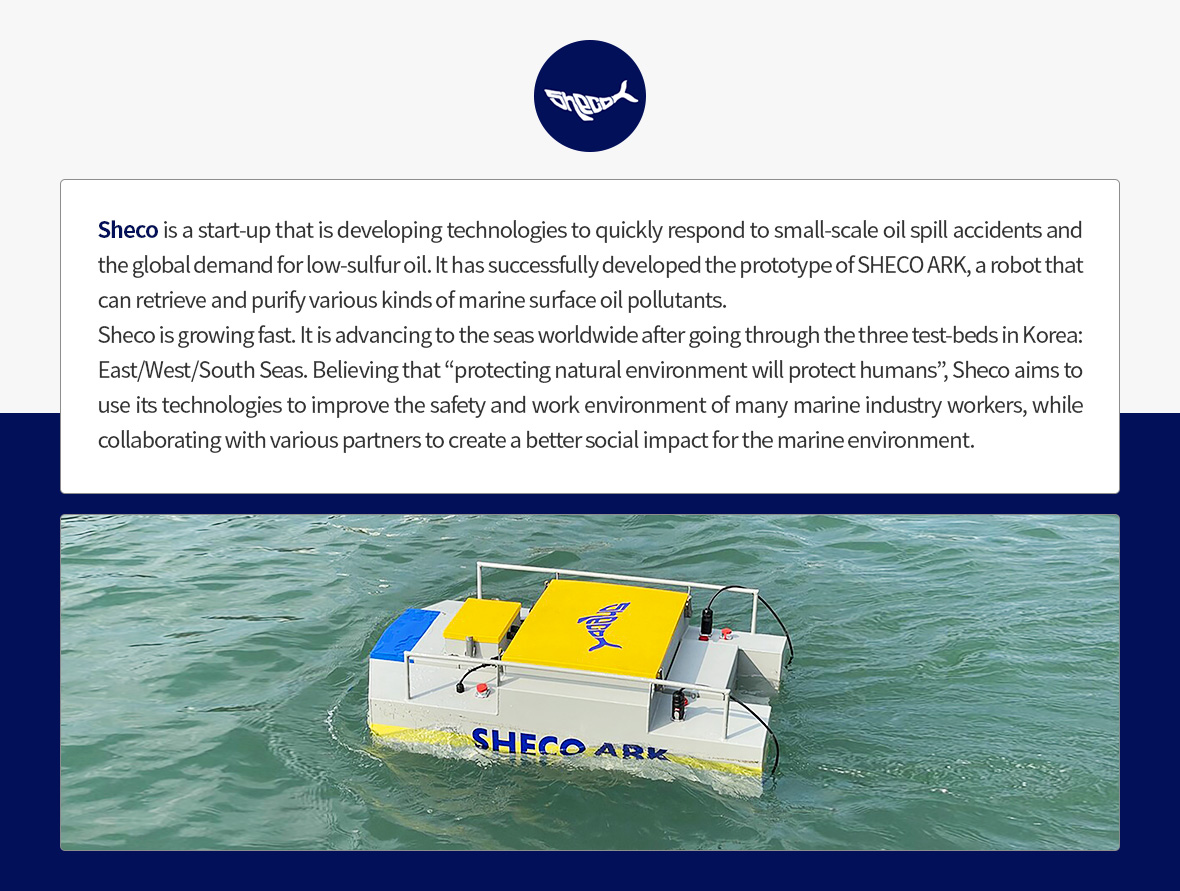
Q1. First, what does Sheco mean and what is the background of your business?
Sheco is a combined word of “Share” and “Eco”. The meaning of it reflects our slogan to “share the clean sea with future generations by solving the current problem of marine pollution with technological innovation” as an “eco-friendly lifestyle trend setter.”
While taking a marine insurance class in college, I first learned about maritime oil leak catastrophes. I also learned that, while the expenses of dealing with accidents are high, the pollution they cause poses a huge threat to the environment. While oil spills in the ocean are becoming more common and more micro-scaled around the world, most disaster control equipment is designed for larger-scale incidents. As a result, all cleanup of offshore oil spills is done manually. As a result, in 2017, I founded Sheco, a social enterprise dedicated to developing automated robots to replace manual cleanups of marine oil spills, which occur more than 200 days each year.
Q2. We are also aware that Sheco is an energetic company with most members under 40s. Does Sheco have some kind of age limitation or any specific intention behind?
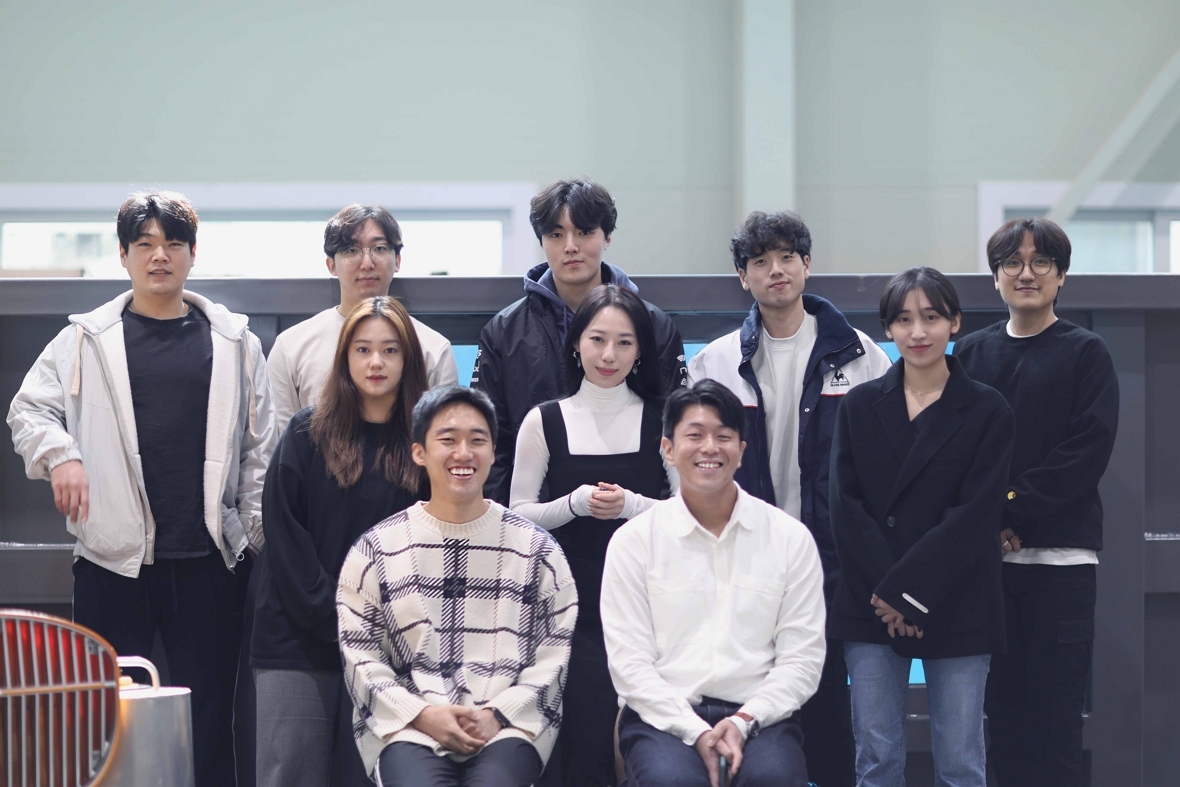 ▲ CEO of Sheco Kwon Gisung (right, front row) and the company’s members
▲ CEO of Sheco Kwon Gisung (right, front row) and the company’s members
Our CTO Han Sanghoon, is the first person I’d want to introduce. Sanghoon created an oil retrieving robot for a school startup program in the university robot circle and received an award in a national competition. We collaborated to start Sheco because we had the same aim of resolving the problem of marine pollution.
At first, members were mostly recruited from Sanghoon’s robot club. We needed intellectually curious people who wanted to create new products to discover and solve problems with us, so the most suitable ones were the juniors of the robot club. In particular, the selected members are the ones who have shown that they can be immersed in problem solving and have experienced a lot of trial and error.
Our talent pool at first were young people for some specific reasons. We believe that as a fresh start-up, we can create more synergy with young people who have a lot of undiscovered talents, and new potential like us. We want to grow as a company and as individuals, or in other words, realizing a common dream while also making each person’s dream come true. Also, creating a new product requires challenging mind, or I may say, being not afraid of failures. Senior-level developers have more experience but that also means they tend to play on the safe side because they do not want to “lose”. I prefer those who are ready to take risk, because innovative ideas that can change the world are often created from fearless moments. Young people are relatively less afraid of failure and more willing to take on challenges, so in the beginning our members are all young friends.
However, now that the product is almost in the stage of completion, it seems that the time has come when senior-level talent is needed. Therefore, starting next year, we are going to recruit mainly senior-level talents.
But even when we have more senior members, I hope to keep the open and comfortable atmosphere at our workplace. We are building on a corporate culture that encourages individuals to focus solely on development by allowing them the greatest amount of flexibility while adhering to the fewest regulations possible.
Q3. We’ve heard that the key technology of Sheco is called Sheco ARK. Could you explain what it is?
To high light some remarkable points, our next-generation oil skimmer, Sheco ARK, is an eco-friendly marine recovery drone/robot. It uses electric power-train system so it does not exhaust any gas. It can be managed by using wireless-remote controller, and provide real-time separation of oil and water. By adopting the horizontal collection method, it achieves a constant stability of oil collection regardless of sea conditions. Unlike other oil skimmers, it has all-in-one configuration without secondary equipment, and also light enough to be carried by two people.
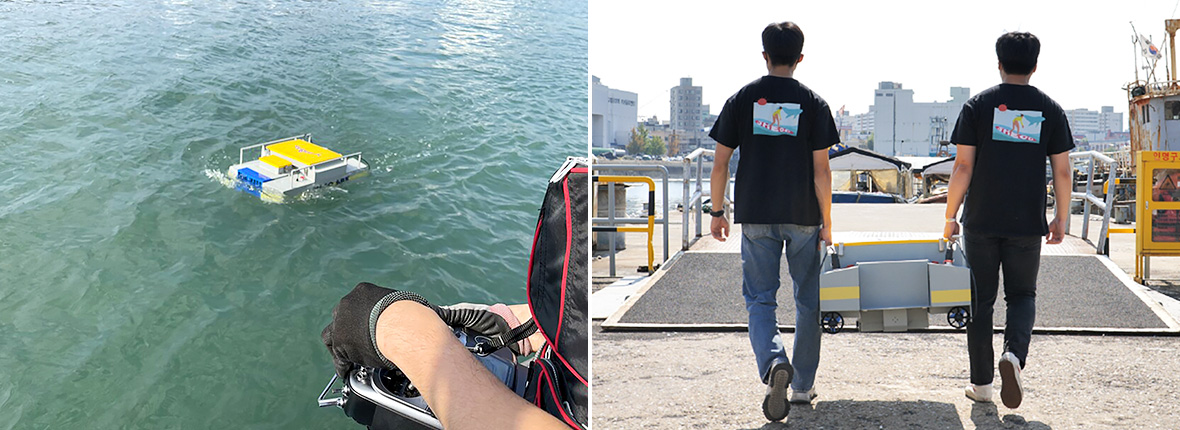 ▲ The Sheco ARK can be wireless controlled (left) and carried by two people (right)
▲ The Sheco ARK can be wireless controlled (left) and carried by two people (right)
It would be easier for you all to understand why we developed Sheco ARK, how it works and the advantages of it through the video below.
▲ Sheco’s technology introduction video
Q4. It must have been quite challenging to develop such advanced technology. What are the difficulties you’ve faced to come this far?
We first devised a mechanism for automatically deploying an oil fence from a vessel. It is customary to report an oil spill to the maritime police and wait for coast guard patrol vessels to deploy oil fences. The issue is that it usually takes far too long to contain the oil from spreading further. We went to a few shippers to seek input on the system, but they mostly ignored us. We were occasionally able to propose our business strategy by barging into seminars on marine pollution response on occasion, but only received generally unfavorable replies that said, “It does not sound quite promising.”
However, one of the not-so-positive comments we received at the time led to a change in our business model. It is important to lock up the oil quickly, but the oil collection process was an even bigger problem. Workers must utilize a small boat to approach the oil spill site and place absorbent pads (special textile designed to absorb oil) one by one to clean up the leak. It was inefficient and a frequent cause of employee complaints due to the bad working environment. Furthermore, because the absorbent pads used for oil spills are not to be landfilled but rather incinerated, the carbon produced in the process is an issue. The alternative is to employ an oil skimmer, which is designed to be used on a large scale but is unavailable for a micro small-scale accident that takes up more than 90% of the oil spill accidents. We picked up an idea from it, embarked on working on an ‘unmanned marine recovery robot’, which is specialized in small-scale accidents.
Then, even when we could start doing the research, we encountered a lot of problems. The test required spraying oil into a water tank, but it could not be done indoor because of the odor, so we had to do the test on the rooftop of a school or office. But we were still kicked out because the odor was unbearable.
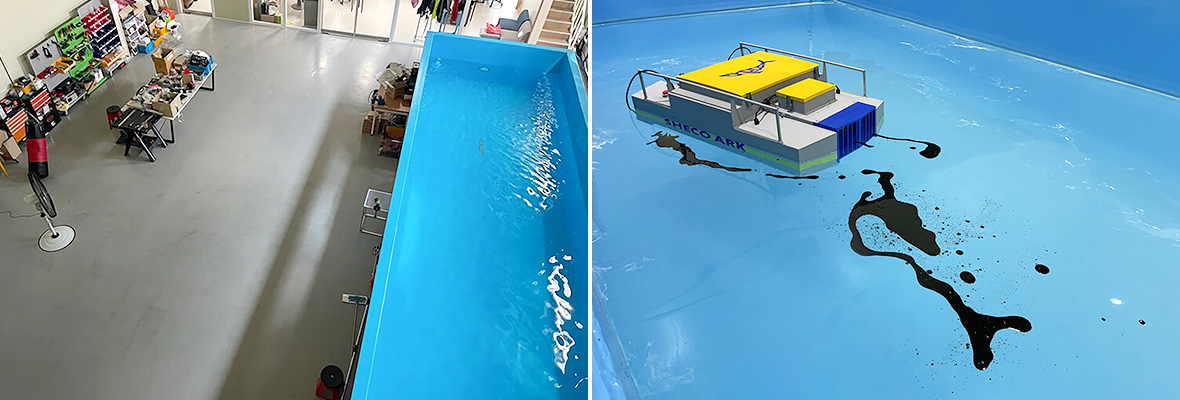
▲ (Left) Inside Sheco’s lab / (Right) The oil retrieving test conducted in the water tank
Testing at the sea was also challenging. Because the sea areas of Songdo, where our office is located, are limited security zones, we were not allowed to implement the test, so we had to drive more than an hour from the office to another beach area. But then at that area, there were many tourist taking photos, so we, again, had to find a new location every time we ran a test because of security issues.
Another obstacle lies right in our innovative technology, which absorbs oil and water by using a moving robot, unlike the conventional method of removing oil by wiping. The robot contains a filter that focuses on removing only pollutants on from the surface while separating oil water in side at the same time. We went through a lot of tries and errors because there was no technology to refer to.
We’ve been growing while facing various obstacles in the last three years. After about 13 prototype tests, and we are now ready to begin mass production of our end product, Sheco ARK, in the first half of next year.
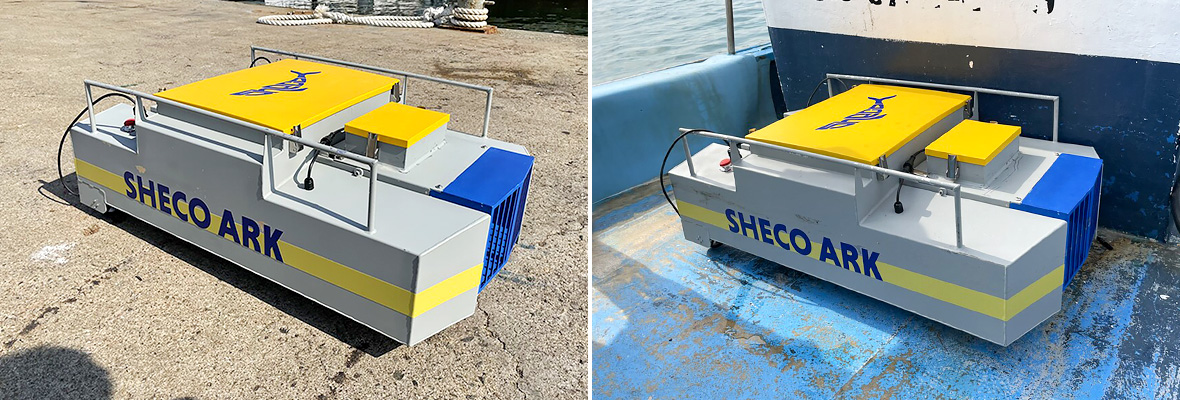
▲ The Sheco ARK robot developed by Sheco
Q5. So how is the business going so far?
In July last year, Sheco received a KRW 500 million investment from SK Innovation. We won the Grand Prix at the International Exhibition of Inventions Geneva this year, one of the world’s three main invention competitions. We also just attended GITEX Future Stars 2021 in Dubai. (Click here for more information.)
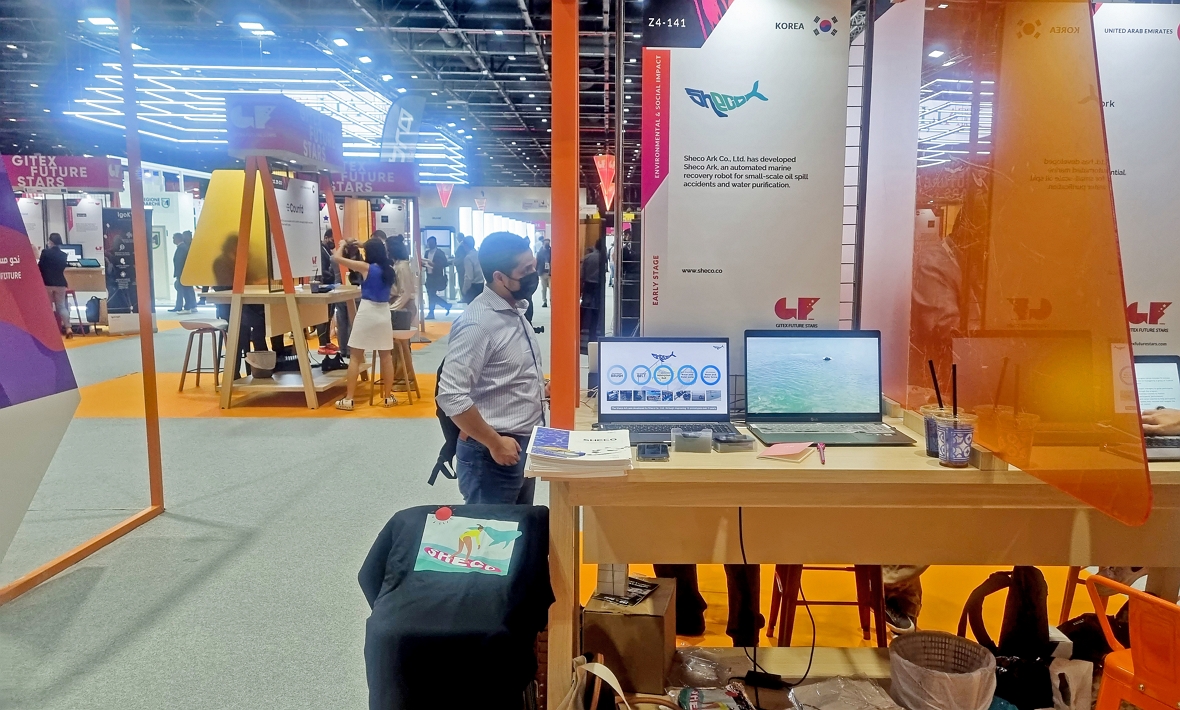
▲ Sheco’s booth at GITEX Future Stars 2021
Currently, we have been collaborating with other enterprises and government bodies on technological advancement. As I mentioned earlier, Sheco ARK is about to go into mass production in the first half of 2022 after we finish trial operation by the end of this year.
Q6. What are your future plans and goals?
We intend to expand into global markets such as China, Japan, and the United States once Sheco ARK has demonstrated good performance in domestic market. Sales are expected to increase to KRW 1 billion in the coming year, and KRW 7 billion in three years, according to our estimates.
Our ultimate goal is to ensure that the ocean remains pristine for future generations to enjoy. To that end, we’re working on solutions to combat not only oil spills, but also algae, fine dust, and microplastics. We hope to become one of the leading companies in the marine environment industry in the near future.
Thank you for joining this interview with us. We look forward to the official launching of Sheco ARK and Sheco’s various activities in the future.










 Youtube
Youtube Facebook
Facebook Instagram
Instagram Linkedin
Linkedin








